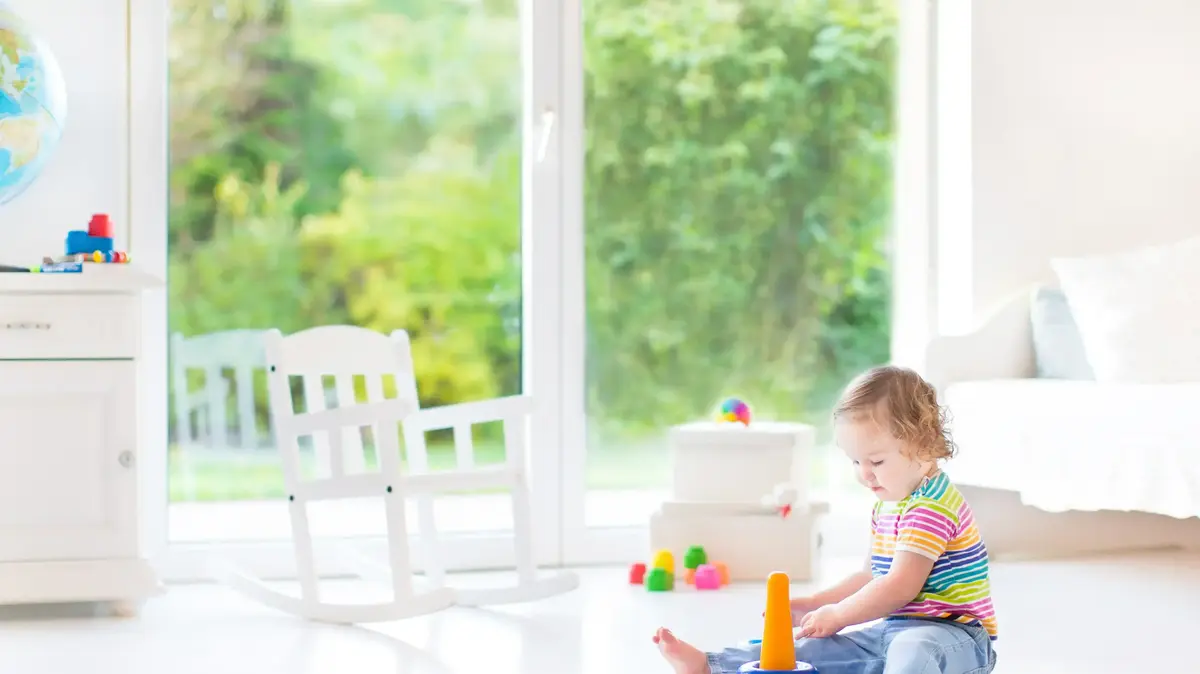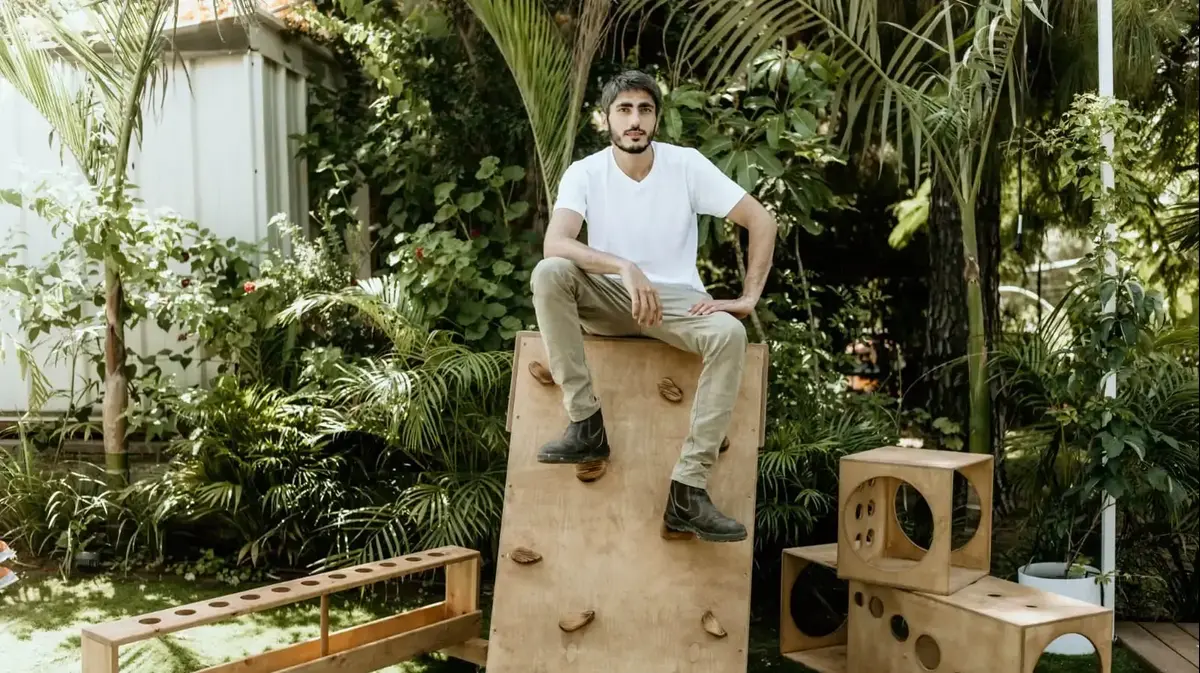Arranging the home space according to the Montessori method
How will you adapt the house to the child's needs, his interests and his sensitive periods?
Here are some recommendations
Daniel Saranetsky, in collaboration with JAMA
31/07/2022
Sunday, July 31, 2022, 07:22 Updated: 12:20
Share on Facebook
Share on WhatsApp
Share on Twitter
Share by email
Share in general
Comments
Comments
The Montessori education system is built on the relationship between three components - the adult, the child and the environment.
The aim is to maintain mutual relations between all the components, and in this way the child educates himself through the environment.
The above triangle takes place as follows: you organize the environment according to the child's needs, so that he can educate himself within the environment. You do this organization by observing the child, observing and understanding the stage he is in - a certain period of sensitivity (for example sensitivity to order or movement) developmental stage, motor ability and more.
When the environment is adapted to the child's development and designed in a way that meets his needs, interests and sensitive periods - he will succeed in educating himself in the most accurate way for him.
Ina Parry
, parent coach and host of lectures and courses on the education method Montessori offers examples of arranging the home space in a way that will benefit your child's development:
organization area
If you want to instill habits in the child, you can organize the environment accordingly.
For example, taking off shoes at the entrance to the house.
If there is an organized place for the child to understand that shoes are taken off there - he will go there every time he enters the house.
You can place a mat at the entrance intended for this, a stool to sit on to take off your shoes, etc.
Do you want the child to take off his coat at the entrance to the house and hang it up?
Install a low rack for him so he can reach and do it himself.
An area in the kitchen that promotes independence in eating
If you want the child to be independent in eating, make sure there is a lower shelf in the refrigerator that will be accessible for him.
On this shelf, place only foods that you think he can eat.
What can you put there without fear that the child will endanger himself?
For example, a delicacy, cut fruits or vegetables, a healthy snack and more.
You can also define an area in the low kitchen cabinets that will be for the child, where there will be dishes that he can take himself and set the table.
If there is a certain area in the kitchen that you can convert to emptying the dishes, where the child will empty the dishes himself after eating or if the child already reaches the counter - that will be even better.
Also, since drinking water is important and necessary, create easy access to the Tami 4 device and teach the child to use it independently and pour himself water.
You can also make a low drinking corner with a jug and glasses on a low and accessible table.
Matching games
As with food, the Montessori approach believes in independence in games as well.
What does this mean for you?
Make sure that the play corner is accessible for the child, that the games, toys and accessories are of the appropriate height and size for his dimensions while ensuring his safety.
If he can choose his own games and play them without asking for your help - it will not only be more fun for him but will also develop his self-confidence.
Self-grooming
corner Create a small corner where you can place a mirror, a tissue for wiping the nose, a basket of rubber bands, a comb and any accessory that will help the boy or girl with self-grooming - by themselves.
A relaxation corner
can be set up in a corner house to have a relaxation corner, preferably with an accessible hammock or pouf for the child.
In this corner they also placed a low bookshelf where you can read while relaxing in this corner.
Adjusting the room for independence in clothing
You can make a lower shelf in the closet or a low drawer in the changing table accessible to let the child choose clothes himself.
You can prepare two ready-made sets of clothes in advance and the child can choose from them what he wants to wear to kindergarten today.
Bathroom design for the child's independence
If you pick up the child every time to brush his teeth or wash his face and hands - he will not learn by himself.
The Montessori approach recommends making the bathroom accessible, for example by providing a stable stool for the child, or placing in advance a small and accessible sink intended for children.
A baby playing in the living room (Photo: ShutterStock)
The Jama application was established with the aim of responding to mothers of babies between birth and three years of age, and to gather for them content, activities, tips from experts and videos that will accompany them throughout this challenging period.
All the contents in the application "grow" together with the baby and are precisely adapted to the stages of his development, so that the mothers receive only what is relevant to them and interests them at any given moment.
The Jama app is the place for mothers in Israel to meet and get to know other mothers around them, and to create new and exciting friendships in the fascinating journey.
Search us on Google: https://app.jama.co.il/
health
New parents
Tags
Children
parents









